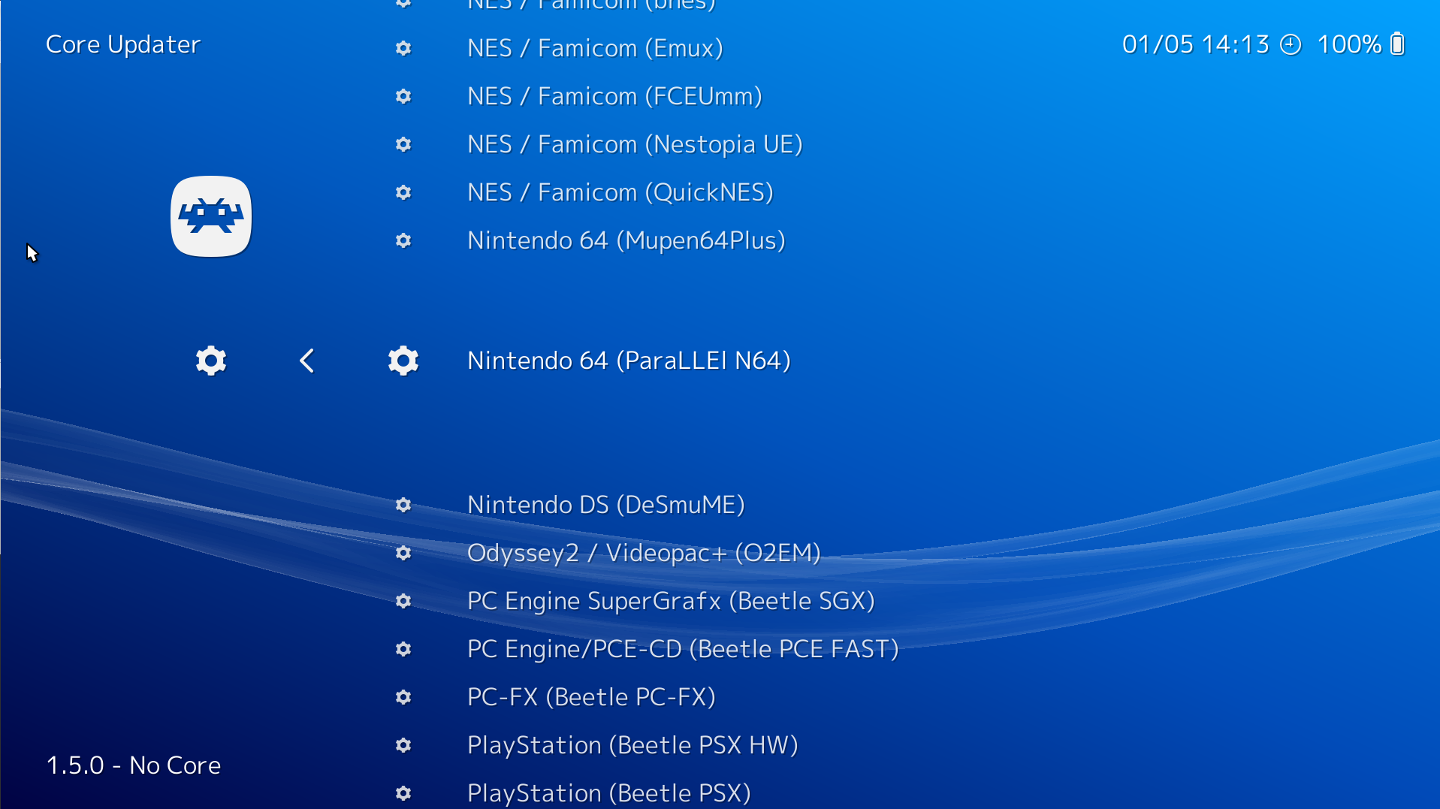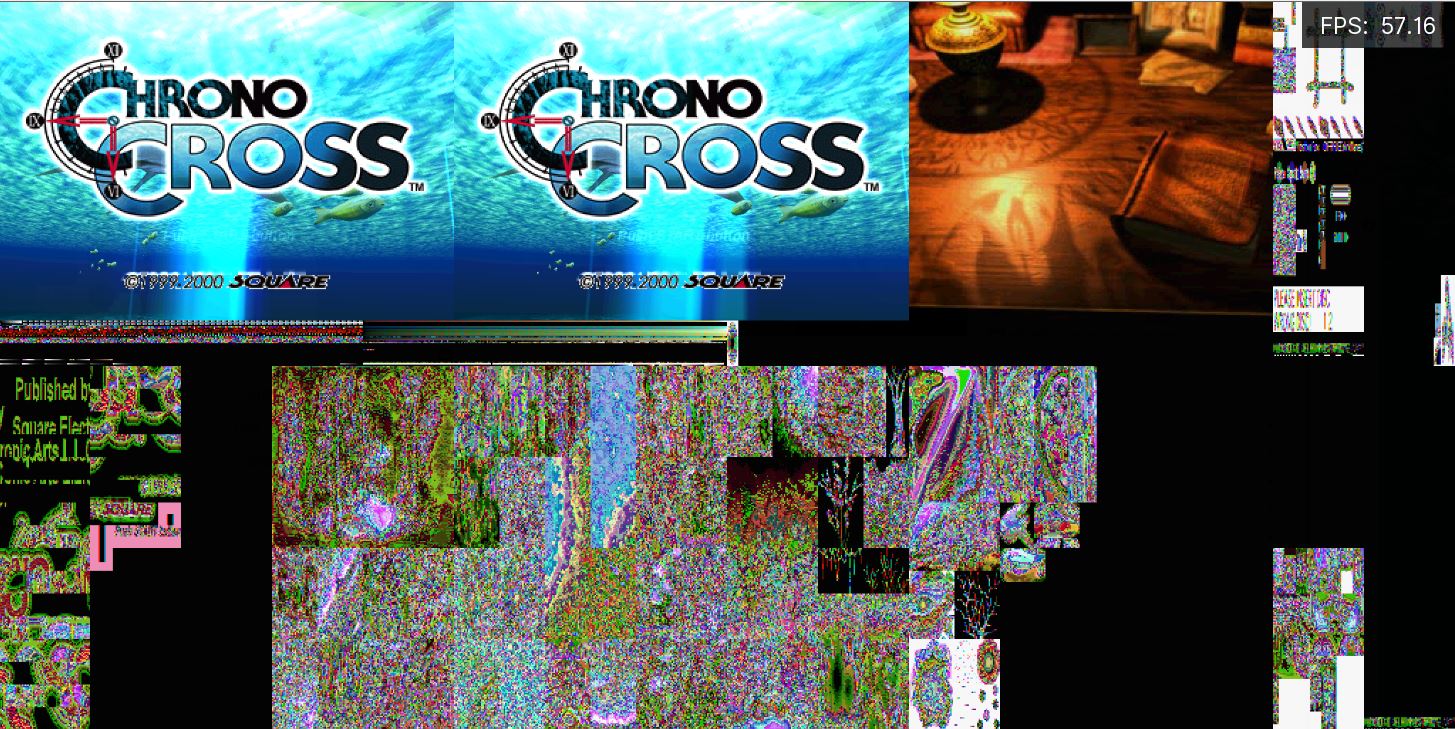
Emulation is all the rage in PC gaming. Not only does it allow you to relive the glory days of collectible names on your computer, it also often lets you improve your adventures with these games. Going back to play a classic game — particularly in the PS1 era — can often shock individuals who are surprised at how much better that these titles seem through nostalgia glasses.

With RetroArch PS1 emulation, you can upscale and tweak these games to something which looks a whole lot closer to that which you recall — and even better.
First you need to setup multiMAN. 2- Install multiMAN (copy the PKG to the root of your USB, then install it using Package Manager found on XMB) 3- Copy your games to specific folders: On USB ( FAT32) copy your PS3 games in folder format to /GAMES folder in the root of USB or internal HDD. It's great to be able to emulate all your console games to PC under the Retroarch frontend, but PS1 emulation has always been a little bit trickier - thanks. Here is the case for leading RetroArch PS1 center, Beetle PSX, which we’ll be teaching you how to install and use in this report. For optimal RetroArch PS1 emulation, you’ll want the next: A modern gamepad using dual-analogs. I suggest a PS3 pad for that control experience or a Xbox One pad to get superior support.

Meet RetroArch
RetroArch isn’t an emulator in and of itself — think of it as a hub for emulators and press available under one, unified interface. Emulating matches on PC usually means a complete emulator and distinct program per system, however RetroArch can truly emulate quite a large number of programs, all within one program.
RetroArch’s emulators, known as”cores,” are normally ported emulators from different programmers in the spectacle. Some emulators, nevertheless, are actually made only for RetroArch, and as a result of this they may even be better than contemporary stand alone emulators on the spectacle.Read here scph1001.bin At our site
Retroarch Psx Setup Free
Here is how it is for leading RetroArch PS1 core, Beetle PSX, which we’ll be teaching you how you can install and utilize in this article.
For optimum RetroArch PS1 emulation, you’ll want the following:

Ps1 On Retroarch
- A contemporary gamepad using dual-analogs. I recommend that a PS3 pad for that authentic control experience or an Xbox One pad for improved support. When using a non-Xbox pad, then make sure to experience an XInput driver/wrapper enabled.
- A modern Windows PC for best performance (and also the most accurate guide) however RetroArch is cross-platform for this guide to work on other platforms.
Expanding slightly on the notice of BIOS files, we can’t legally tell you where to obtain them. What we can tell you is that the most common bios documents are:
- scph5500 (NTSC — Japan)
- scph5501 (NTSC — US)
- scph5502 — (PAL — Europe)
- scph5552 (PAL — Europe)
Notice that the BIOS file names are case-sensitive, therefore need to get written with no limits, and suffixed with’.bin’.
A Couple Preferences to Tweak
As long as you’ve got an XInput-enabled gamepad, you will not need to do too much to have an excellent RetroArch PS1 emulation experience. Howeverthere are a couple of things you are likely to want to tweak to get an optimal experience. First, head to”Options -> Input”
Now, utilize Left/Right in your D-Pad to select a Menu Toggle Gamepad Combo. I suggest setting L3 + R3 as your own shortcut. .
If you have followed to this stage, your controller is ready to use, and you have acquired the PS1 bios document (s) that you will need to play your own games. Some matches may work without a BIOS, but for full compatibility we highly recommend you.
Now, let us get to the juicy stuff: set up the emulation core.
Create”.cue” Files for Your PSX Games
When you rip a PS1 game, you need to always make certain that you do it into the BIN or BIN/CUE format. This will essentially split the output files into the BIN file, which stores most of the game data, and the CUE file, which explains exactly what Retroarch hunts for when you scan for PS1 games.
When for any reason you do not possess the”cue” file accompanying your”bin” file, or if your ripped PS1 game is in a different format like”img”, then you’ll need to create a”cue” file for this match and place it to exactly the identical folder as the primary image file.
Developing a CUE file is simple enough, and also to make it simpler you can use this online tool to create the text for a file. Simply drag the game’s img or bin file into the box on the website, and it’ll create the”cue” document text for it. Note that when the ripped PS1 match is broken up into different sound tracks, you should copy them all into the internet tool also, so all of the game files are included in one”cue” file.
Then copy-paste the cue file into a Notepad file, then save it with the exact same file name since the game’s primary image file, and store it in exactly the identical folder as the primary image file.
When Retroarch scans on the PS1 games (which we will move onto soon ), then it will find them by the”cue” files you made, and add them to your library.
First, visit the Main Menu, then choose Online Updater.
Within Online Updater, pick Core Updater.
Scroll right down to Playstation (Beetle PSX HW). You could even opt for the non-HW edition, but I advise using HW instead. Select it to put in it.
Once installed, return to the Main Menu and Load Core.
Locate PlayStation (Beetle PSX HW) and choose it! This will load the Core into RetroArch.
You’ve installed the core. But how can you put your matches into RetroArch appropriate?
Head back to Main Menu and select Load Content.
Choose Collections.
Select Scan Directory.
In order for this to work properly, you want to get every one of your PS1 game files stored in one folder on your PC. If you do not, have them organized and take note of where they’re in Windows Explorer to find them in RetroArch. Mine, by way of example, are located on my secondary hard disk in”Emulation/PS1/Games.”